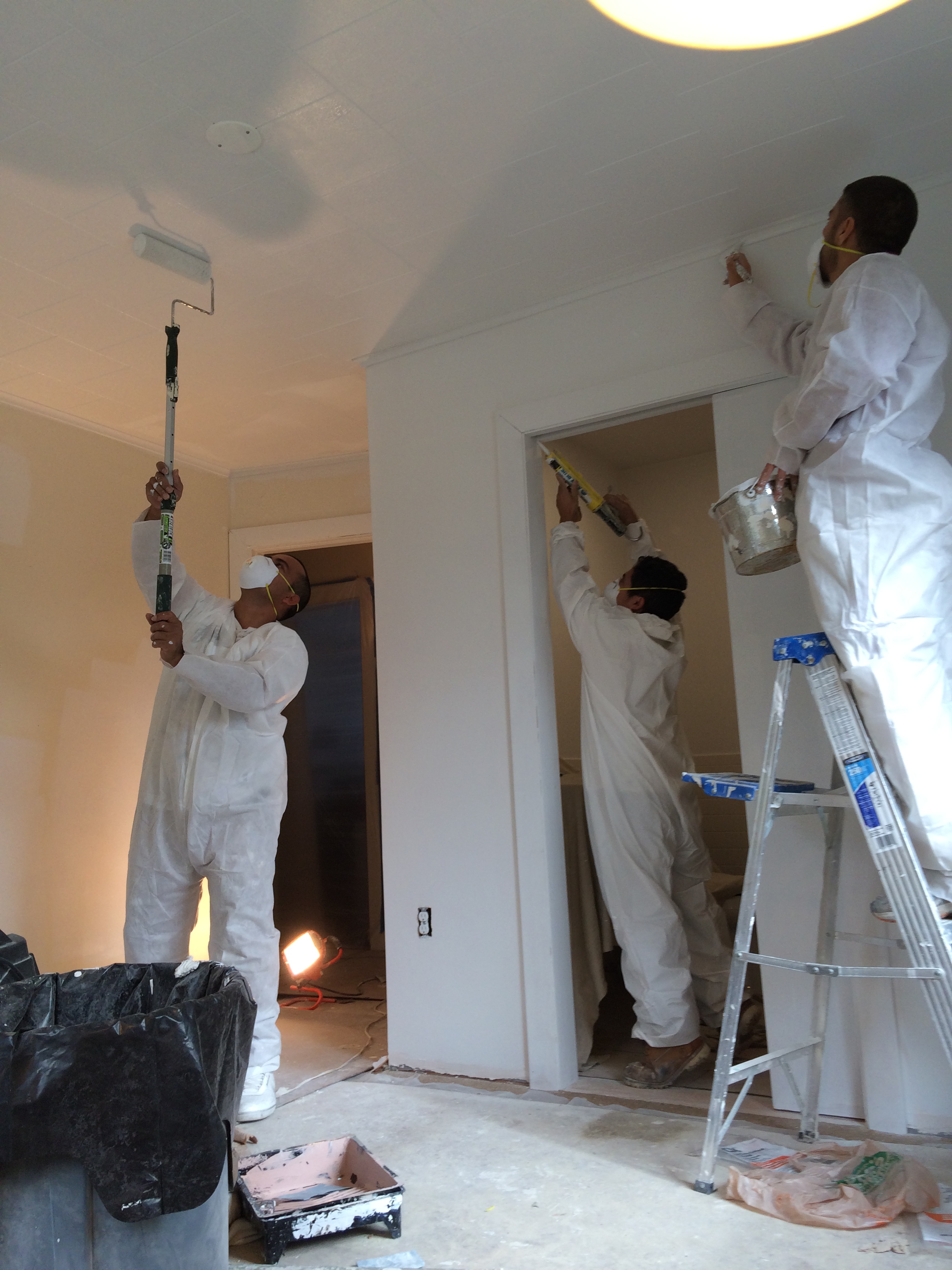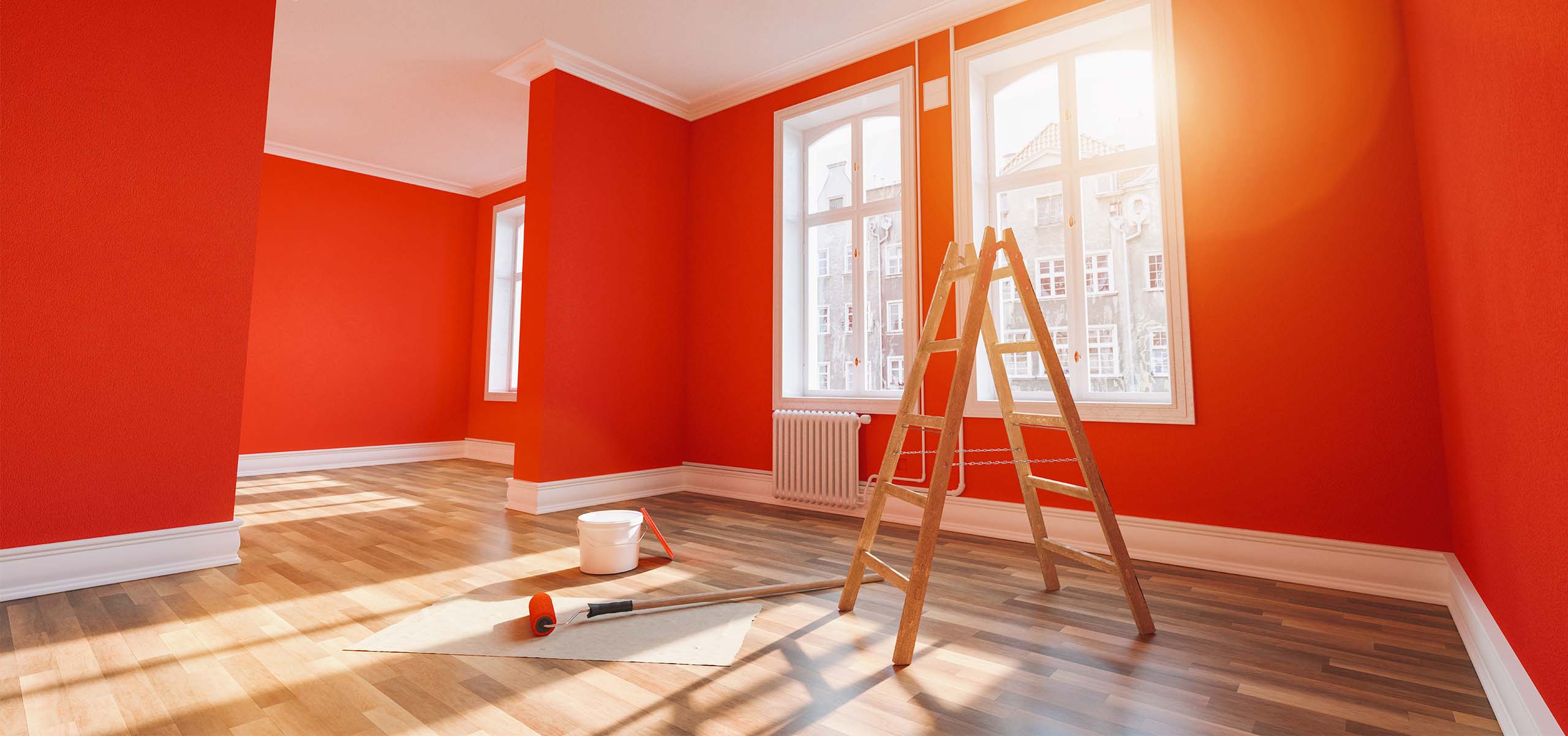Professional Color Consultation in Lakewood for Stunning Home Design
Professional Color Consultation in Lakewood for Stunning Home Design
Blog Article
Enhance Your Interior Decoration With Comprehensive Color Examination
The combination of color consultation right into indoor style offers an one-of-a-kind chance to fine-tune and elevate the visual and psychological vibration of an area. By engaging with a seasoned shade expert, you can navigate the complexities of shade option, making sure that your choices not just complement building functions but additionally resonate with individual style and psychological effect.
Benefits of Color Appointment

Moreover, color examination help in making the most of natural light and enhancing spatial assumption. Lighter tones can make a room appear more expansive, while darker shades produce an intimate setting. Cleveland Metro Painting Specialists. This calculated application of shade can dramatically affect the total ambiance of any kind of indoor room
In addition, specialist experts possess a comprehensive understanding of timeless classics and existing fads, making certain that the chosen shades will certainly continue to be enticing gradually. This insight can conserve customers from costly redesigns in the future. Shade appointment encourages clients by providing them with a clear vision and instructions, promoting confidence in their layout options and eventually leading to an extra effective and satisfying interior design end result.
Comprehending Color Psychology
The value of shade psychology in interior decoration can not be overemphasized, as it explores the emotional and emotional results that various hues can stimulate in individuals. Shades can influence state of mind, behavior, and also productivity, making them a critical factor to consider in any layout project.
For example, warm shades such as red, orange, and yellow are often linked with power and warmth. They can boost feelings of exhilaration and comfort, making them ideal for social rooms like living rooms or cooking areas. Conversely, trendy colors like blue, environment-friendly, and purple tend to stimulate peace and serenity, making them excellent for bed rooms or reflection locations.
Furthermore, making use of neutral tones can create a balanced setting by allowing the bolder colors to attract attention without frustrating the detects. Understanding these mental effects makes it possible for designers to produce areas that not just look cosmetically pleasing but likewise advertise emotional well-being.
Integrating color psychology right into interior decoration involves a thoughtful choice of colors customized to the desired function of each space, ultimately enhancing the general experience for its owners. This recognition is essential for accomplishing a harmonious and practical interior atmosphere.
The Color Wheel Described
Comprehending the partnerships in between colors is vital for reliable indoor style, and the color wheel serves as an important tool in this process. The color wheel, created by Isaac Newton in the 17th century, shows the range of colors organized in a circular format. It makes up primaries-- red, blue, and yellow-- that can not be developed by mixing other colors. Second click for more info shades, formed by combining primary shades, consist of eco-friendly, orange, and purple. Tertiary colors result from blending a primary and a secondary shade, causing colors such as turquoise and red-orange.
The shade wheel assists designers realize the partnerships in between colors, consisting of complementary, analogous, and triadic plans. Learn More Complementary shades, located contrary each other on the wheel, develop dynamic contrasts that can invigorate an area. Analogous colors, located next to each other, offer a unified and cohesive appearance. Triadic plans make use of three equally spaced colors, supplying balance and aesthetic interest.
Making use of the shade wheel in interior decoration not just boosts aesthetic charm yet also evokes details emotions and atmospheres, making it a crucial reference for color assessment. Comprehending these relationships ultimately encourages developers to create areas that are both aesthetically exciting and functional.
Choosing the Right Combination
Often, selecting the ideal scheme is a definitive factor in accomplishing a successful interior decoration task. A well-chosen color system can combine an area, improve its functions, and stimulate wanted feelings. To start, think about the objective of the area. Various rooms offer diverse features and call for combinations that mirror their desired usage; for example, serene shades such as soft blues or environment-friendlies function well in bed rooms, promoting relaxation.
Following, take into consideration the natural light available. Light can considerably modify exactly how colors show up, so it is vital to analyze the space at different times of the day. Additionally, consider existing building aspects and furnishings. An unified combination should complement these attributes, producing a cohesive appearance throughout the area.
When selecting shades, utilize the 60-30-10 rule, which recommends that 60% of the room should be a leading shade, 30% a second color, and 10% an accent shade. This ratio makes certain equilibrium and aesthetic interest (Cleveland Metro Painting Specialists). Sample shades on the wall surfaces before dedicating, as this permits you to see exactly how the hues communicate with one an additional and the overall atmosphere they produce in your indoor design job.
Collaborating With a Color Expert

When dealing with a color specialist, the process typically begins with an initial consultation. During this conference, you'll discuss your vision, choices, and the existing components in your room. The consultant will assess your demands and might advise certain shade combinations that straighten with your objectives.
After developing an instructions, the specialist will provide examples and aesthetic aids to assist you visualize the proposed color pattern. This step is essential, as colors can show up in a different way under varying illumination problems.
In addition, a shade expert can lead you in picking corresponding home furnishings, artwork, browse around this site and devices to balance with your chosen scheme. By working together closely, you can attain a polished aesthetic that elevates your insides and creates a welcoming environment. Ultimately, the expertise of a shade specialist can significantly boost the overall influence of your style task.
Final Thought
In summary, thorough shade assessment offers as a vital tool for improving indoor layout. By leveraging expert knowledge of color psychology and spatial characteristics, a tailored shade scheme can be created to evoke particular emotions and produce an unified setting.
By engaging with a skilled shade consultant, you can navigate the complexities of color selection, guaranteeing that your options not just enhance architectural features but also resonate with personal style and emotional effect. It consists of main colors-- red, blue, and yellow-- that can not be created by blending various other shades.The shade wheel aids developers grasp the relationships between shades, consisting of corresponding, similar, and triadic systems.When choosing shades, make use of the 60-30-10 regulation, which recommends that 60% of the area ought to be a dominant color, 30% a secondary shade, and 10% an accent shade. By leveraging professional understanding of color psychology and spatial dynamics, a customized shade combination can be developed to evoke details feelings and develop a harmonious environment.
Report this page